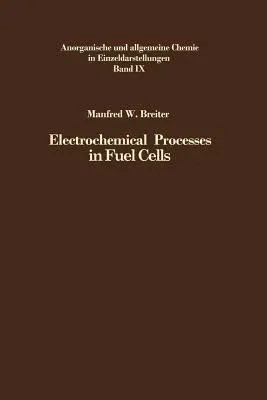Manfred W Breiter
(Author)Electrochemical Processes in Fuel Cells (Softcover Reprint of the Original 1st 1969)Paperback - Softcover Reprint of the Original 1st 1969, 8 March 2012

Qty
1
Turbo
Ships in 2 - 3 days
In Stock
Free Delivery
Cash on Delivery
15 Days
Free Returns
Secure Checkout
Part of Series
Anorganische Und Allgemeine Chemie in Einzeldarstellungen
Print Length
276 pages
Language
English
Publisher
Springer
Date Published
8 Mar 2012
ISBN-10
3642461573
ISBN-13
9783642461576
Description
Product Details
Author:
Book Edition:
Softcover Reprint of the Original 1st 1969
Book Format:
Paperback
Country of Origin:
NL
Date Published:
8 March 2012
Dimensions:
23.39 x
15.6 x
1.55 cm
ISBN-10:
3642461573
ISBN-13:
9783642461576
Language:
English
Location:
Berlin, Heidelberg
Pages:
276
Publisher:
Weight:
412.77 gm

